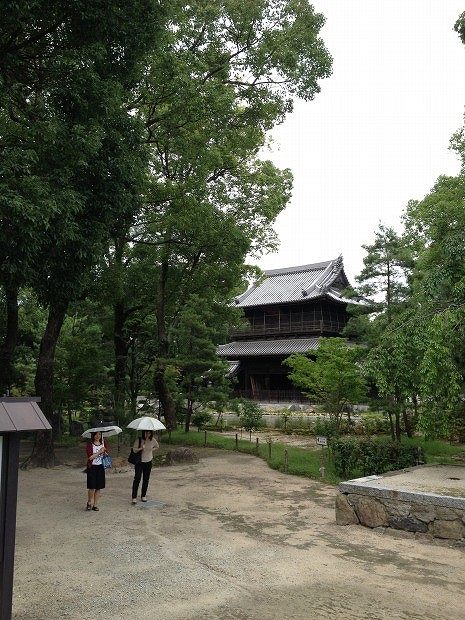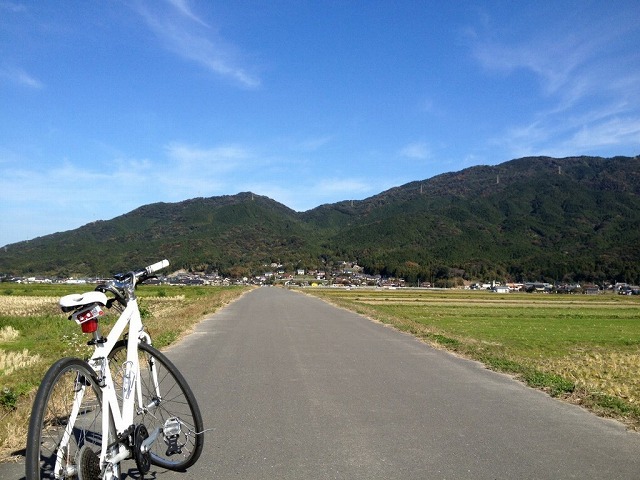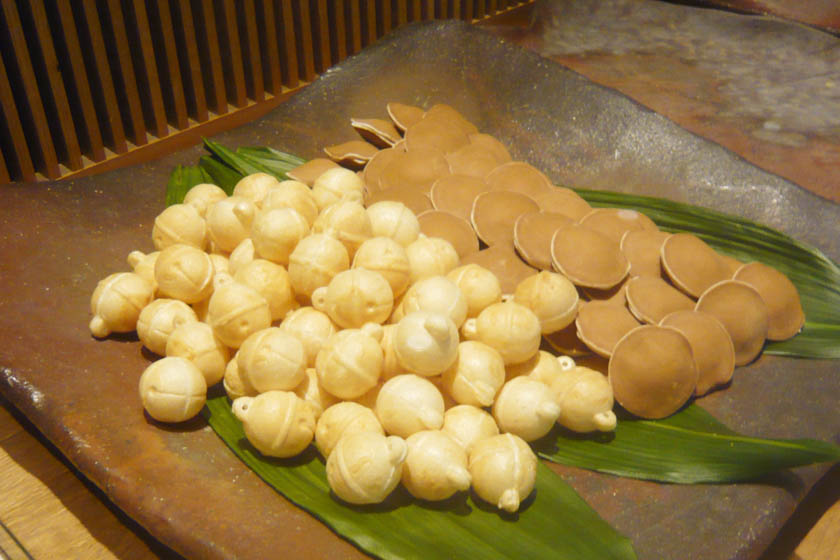Last Updated on 2021/11/06
Kitsuki, located at the south of the Kunisaki Peninsula, Oita, prospered as a castle town from the 16th to 19th centuries. Luckily, the town was unscathed by air raids during WWII, leaving the old street and historic town intact. You might have the illusion that you are back in the samurai era when you are there.
The town consists of two samurai residential areas, the merchant area, and Kitsuki castle. Here, we’ll introduce a lovely 2 hour-walking plan.
1. Kitsuki castle
Shall we start from Kitsuki castle? It was founded in 1394 by the feudal lord of the Kitsuki clan. The castle, standing on the hill, was a stronghold geographically protected by Morie bay to the east and Takayama river to the north. The castle has watching over the town for 600 years. There used to be only castle stones without a tower at that time.
It is used as a museum now to display precious documents. Kitsuki castle is one of the smallest castles in Japan, but the panoramic views from the tower are amazing! We recommend going up there to look out over the wonderful scenery! You might even see Cape Sata, Shikoku on a clear day.
2. The Slope of Kanjo
The street leading to the Kita-dai Samurai Residence area is called the slope of Kanjo. There used to be an account office or kanjo in Japanese on the foot of the slope.
You might notice that each step of the stairs is wider and lower than normal. Why? It was so horses could go up the slope easily. Plus, when a high-class samurai was carried on a palanquin, the bearers flanked it, making a horizontal line on the slope for security reasons, unlike the general style of bearers at the front and back.
You might feel like a high-class samurai while thinking about the people walking up and down the slope at that time.
3. The Kita-dai Samurai Residence
There used to be two living areas for samurai, Kita-dai or north hill and Minami-dai or south hill. There are some old samurai residences and the gate of ‘the domain school’ in the Kita-dai Samurai Residence area. Interestingly, it is currently used as the gate of ‘a local elementary school’ today and you can see children heading to school on weekdays.
Three old samurai residences are open to public, but the most recommended one is the Ohara residence. It has a well-kept thatched roof and garden, and you can go inside to learn about the lifestyle of the occupants and explore the garden.
4. The Slope of Suya
The Slope of Suya is one of the highlights of the Kitsuki castle town since the view of the slope is often used in brochures for tourists. It leads to the merchant area and you will surely want to take photos here!
The name ‘Suya,’meaning ‘vinegar shop,’ is derived from the vinegar shop which used to lie at the foot of the slope in the old days. Going down the slope takes you to the old merchant area. The next slope crossing the merchant houses is called ‘The slope of Shioya’, means ‘salt shop’.
5. The Merchant’s Houses
The Merchant’s Houses are sandwiched by the Kita-dai and Minami-dai Samurai Residence areas and are characterized by plastered white walls. One of the famous longstanding stores is Ayabe Miso which was originally established as a vinegar store. Plasterers used trowels to create auspicious pictures on the plaster wall, so you can enjoy looking at their designs as you walk around.
6. The Hitotsumatsu Residence
The Hitotsumatsu residence has the best view spot in the Minami-dai Samurai Residence area. Hitotsumatsu Sadayoshi was a success in the legal world and politics and was also the first honorary citizen of Kitsuki. The residence was constructed in 1929 and was relocated to its present place on the hill.
The view of the bay and Kitsuki castle from the garden is beautiful beyond description! The Kitsuki Castle Town Historical Museum is adjacent, and you can learn more about the history of the town there.
Did you enjoy reading our recommended 2-hour walking tour in the Kitsuki castle town? Unfortunately, many tourists visit only the castle, the Kita-dai Samurai Residence area and the Slope of Suya. Why don’t you add one more, ‘The Hitotsumatsu Residence’ to enjoy the stunning scenery?
Plus, there is the perk that each facility is free to enter if you are in a kimono! Before sightseeing, it is convenient to stop by ‘Warakuan’, a kimono rental shop on the main merchant house street. Prices start at 3,000 yen, and it is closed on Wednesdays. Booking is recommended 3 days before your visit.
When shall we go to the old castle town, Kitsuki in a kimono?

Kaori Ashida
Licensed National Guide, Certified General Travel Services Manager, 1st Grade Instructor of Inbound Tourism. 17 years of experience in the tourism industry, including working as a tour guide in Australia and Canada for Japanese tourists. I love traveling, eating, and taking beautiful pictures!
Are you a travel lover? Do you want to try a new experience? If yes, check out my articles for your traveling tips. Other than being a professional and friendly guide, I share travel information about Japan as a freelance writer.
Note:
The accuracy of information is not guaranteed. Please contact the relevant agencies about the latest information. Unauthorized copying and replication of the contents of this site, text and images are strictly prohibited. All Rights Reserved.
If you have any questions, please feel free to contact us by the website form.
>> General Inquiry







